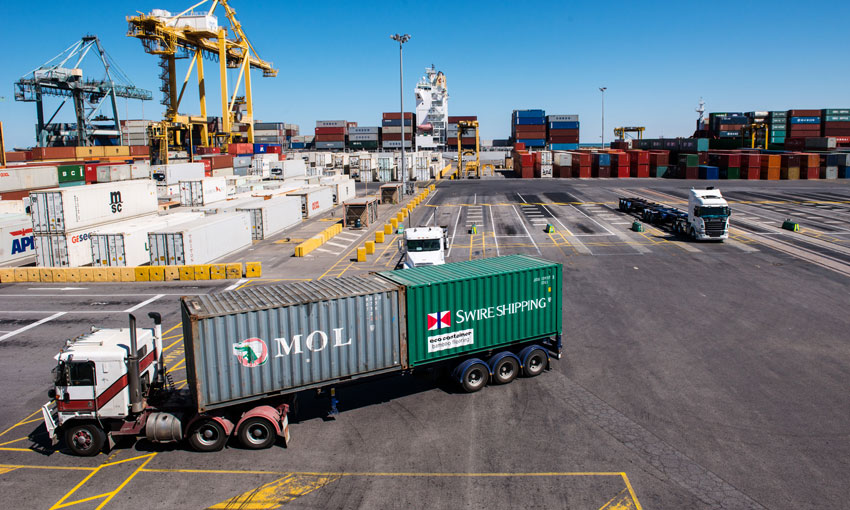THE PRODUCTIVITY Commission’s interim report on vulnerable supply chains says only a small fraction of Australia’s imports are vulnerable to serious supply disruption.
On 19 February, Treasurer Josh Frydenberg requested the commission undertake an independent review into Australia’s supply-chain vulnerabilities to help ensure the economy is prepared for disruptions.
The key findings of the report are:
- One in five products imported is considered highly concentrated, but there are alternative sources of supply for many of these products, so one in 20 imports might be vulnerable to concentrated sources of supply.
- While most vulnerable imports are consumption or intermediate goods, by value capital goods form the highest share of vulnerable imports. But short-term disruptions to the supply of capital goods are unlikely to affect well being.
- China supplies about two thirds of vulnerable product imports.
- While the list of vulnerable goods comprises a variety of products used in production or consumption, many are not essential to the wellbeing of Australians.
- Vulnerable imports are a small share of the goods used in essential industries by value. The report says this is suggestive that vulnerable imports may not be critical to producing essential goods and services.
Commissioner Jonathan Coppel said modern supply chains are increasingly complex and often rely on inputs from around the world and sometimes consisting of hundreds of firms.
“Individual firms have sophisticated and effective ways to manage the risk of disruptions, and Australia’s supply chains were generally very resilient during the COVID‑19 pandemic,” he said.
“But some supply chains are more vulnerable – if they rely on a single, concentrated source of supply where few alternatives exist.”
The commission used data to identify imports which are used in essential industries, and which come overwhelmingly from a single source country, which dominates global supply.
Commissioner Catherine de Fontenay said the commission’s results suggest around 2% of imports are from a single, concentrated source and are used in essential industries.
“This is likely to be an overestimate, given the possible availability of substitutes,” she said.
“Consultation with industry experts will be an important complement to the data driven approach.”
Most risks are best managed by individual firms. But the commission said government could have a role where the whole market for an essential product is at risk. The policy response should be efficient and targeted to the particular circumstances of the case.
Essential products include items such as personal protective equipment, chemicals used to treat drinking water and pharmaceuticals.
Various policy responses can provide some insurance against supply chain risks – but like insurance, they come at a cost, which should be weighed up against the benefits.
Governments can help provide the information firms need to manage the risk in their supply chains.
Fostering a rules-based trading environment also supports firms’ abilities to respond to global shocks. Governments can require firms to take additional precautions, such so as keeping larger stockpiles or diversifying their suppliers, if there is evidence that firms are not managing their risks. A policy of replacing imports with domestic production will generally be a very high cost option.
“Subsidising domestic manufacturing could not achieve efficient scale in many of the products we are talking about,” Commissioner Coppel said.
“And it could crowd out actions that firms would otherwise take to manage their own risks.
The interim report Vulnerable Supply Chains can be found at www.pc.gov.au/supply-chains.
To contribute to the study, send a submission or brief comment to the commission before 30 April.

